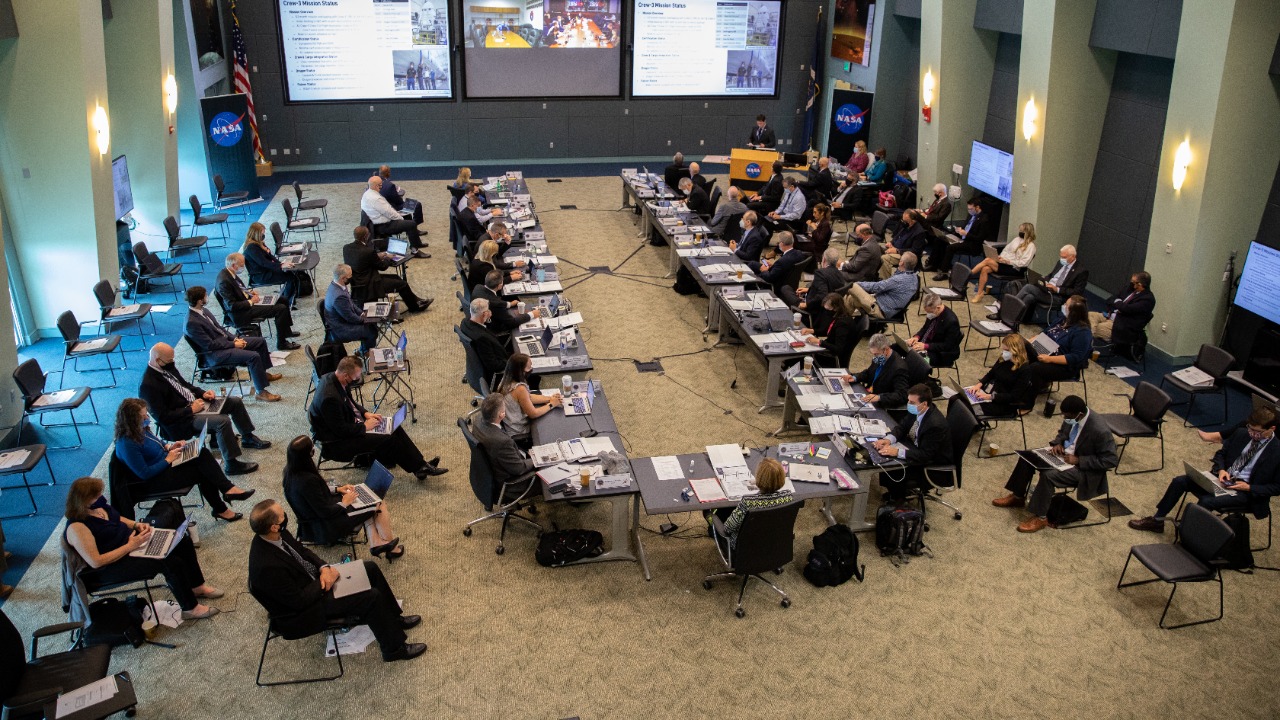
UC Berkeley and NASA are joining forces to launch twin satellites, Blue and Gold, as part of the ESCAPADE mission to Mars. This groundbreaking venture, set to launch in early November, aims to shed light on how Mars lost its atmosphere, potentially revolutionizing our understanding of the Red Planet.
The ESCAPADE Mission Overview
The ESCAPADE mission, a joint endeavor between UC Berkeley and NASA, is set to explore Mars’ upper atmosphere and its interactions with solar wind. The mission’s primary objective is to collect data from Mars’ orbit to help explain how the planet’s atmosphere has been lost over billions of years.
By deploying twin satellites, the mission aims to conduct coordinated observations, providing a more comprehensive understanding of the Martian atmosphere’s dynamics. This innovative approach is expected to yield valuable insights into the processes that have shaped Mars over time.
Details on the Twin Satellites: Blue and Gold
Developed by UC Berkeley, the twin satellites, Blue and Gold, are compact spacecraft designed for synchronized measurements around Mars. These satellites represent a new chapter in Mars exploration as they are NASA’s first twin satellites bound for the Red Planet.
Each satellite is equipped with instruments to monitor particle flows and magnetic fields in real time. This capability will enable the mission to capture a detailed picture of the Martian atmosphere and its interactions with solar wind.
Scientific Goals: Unraveling Mars’ Atmospheric Mystery
The twin satellites could potentially reveal how Mars lost its atmosphere, providing crucial insights into the processes that stripped away water and habitable conditions on the planet. This knowledge could significantly advance our understanding of Mars’ past and its potential for future exploration.
The mission will specifically target the mystery of the lost atmosphere, comparing escape rates of ions and electrons to models of Mars’ ancient climate. These comparisons could help scientists refine their models and theories about Mars’ climatic history.
Launch Preparations and Timeline
The ESCAPADE mission is set to launch in early November. The twin satellites, Blue and Gold, will hitch a ride on a commercial rocket from NASA’s Vandenberg Space Force Base. This approach leverages the capabilities of commercial spaceflight to facilitate scientific exploration.
As part of the launch preparations, UC Berkeley and NASA are conducting final testing of the satellites’ propulsion systems. This testing is crucial to ensure precise orbital insertion around Mars, which is key to the mission’s success.
Potential Impacts on Mars Research
The findings from the ESCAPADE mission could rewrite our understanding of planetary evolution, linking atmospheric loss to solar activity and magnetic field history. This could have profound implications for our understanding of not just Mars, but other planets as well.
Moreover, the mission’s findings could inform future Mars missions, such as sample returns or human exploration. By clarifying the timelines of habitability on Mars, the twin satellites could help scientists and mission planners better understand the challenges and opportunities of exploring the Red Planet.
Collaborative Innovations in Satellite Design
UC Berkeley’s role in the mission includes the innovative design of the Blue and Gold satellites. The university has developed a low-cost design using off-the-shelf components, enabling rapid deployment and dual-perspective data collection.
NASA’s contribution to the mission focuses on integrating the ESCAPADE mission with broader Mars exploration goals. This ensures that the ESCAPADE satellites complement existing orbiters like MAVEN, maximizing the scientific return from Mars exploration.
More from MorningOverview